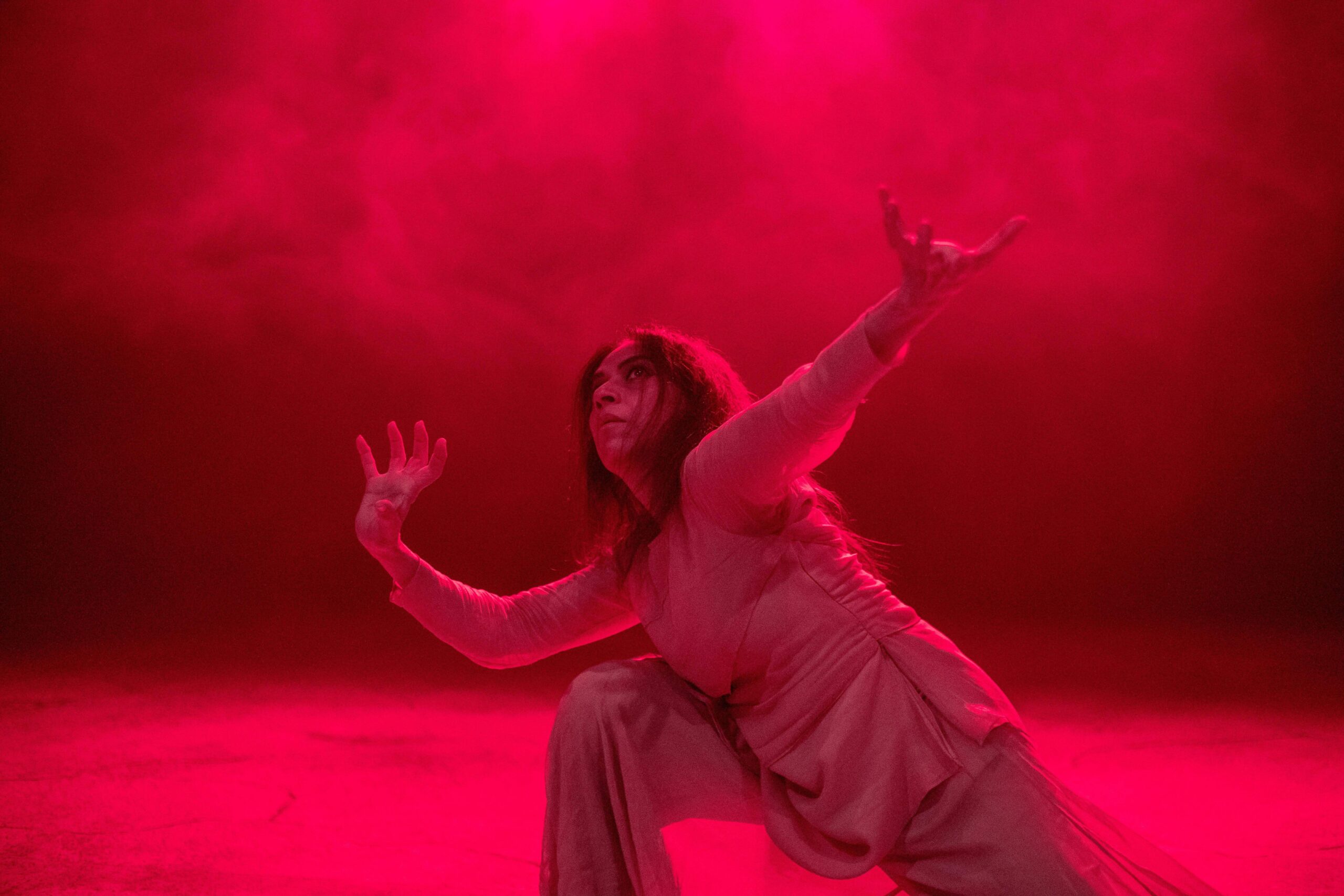A powerful solo piece that breaks taboos
The award-winning Indian dance artist Aditi Mangaldas brings her impressive solo performance FORBIDDEN to Kuopio, which delves into the theme of suppressing a woman’s desire.

In the performance, the master of the Indian Kathak dance boldly, but at the same time vulnerablely brings up the issue of how a woman’s eroticism and sexual desire have been considered a threat throughout mankind, both in conservative and liberal societies.
Mangaldas quotes the mythologist Devputt Pattanaik in pointing out how fantasy, especially female fantasy, scares people.
“One way to regulate it is to portray a woman who expresses her desire as a dangerous being who must therefore also be restrained,” Mangaldas explains.
With her performance, she asks why women around the world are punished, judged, persecuted and shamed just because they have the courage to express their own desire?
Why women around the world are punished, judged, persecuted and shamed just because they have the courage to express their own desire?
“There are countless ways in which various taboos creep into everyday life. Social structures, mythology, popular culture, the culture of shame instilled in women’s lives – all of these form part of the social subconscious stream that shapes our behavior.”
In this intense piece that simultaneously preserves beauty and sensitivity, Mangladas unprejudicedly harnesses the traditions of Kathak dance into dialogue with contemporary dance and gives voice to women whose voices have been silenced over the years.
The history of the enchanting Kathak dance is unique
Dancer and choreographer Aditi Mangaldas is one of the leading figures of classical Indian Kathak dance.
Kathak, which originated in northern India, is a thousand-year-old dance form that delves into the culture, spirituality and philosophy of the region. The dance form’s fascinating and unique history has made it one of the classical dance forms of India.
The word “Kathak” is derived from the Sanskrit word “Katha” which means story. The origin of Kathak is traditionally associated with the traveling Kathakars of ancient North India, or storytellers, who told stories based largely on epics, myths and legends through dance, song and music.
Kathak dance is characterized by the expression of stories through, among other things, elegant hand movements, extensive footwork, flexible body movements and, above all, powerful facial expressions.
Aditi Mangaldas: FORBIDDEN in Kuopio City Theatre, Maria-Stage 15th & 16th June
Book your tickets here!



